What do you think of when you hear the words "Scranton, Pennsylvania"' Do you think of Michael, Jim, Pam and Dwight who work for Dunder Mifflin, Scranton's fictional paper company on TV's "The Office"' Or, do you think of the town's nickname "The Electric City"'
Does the Scranton Army Ammunition Plant come to mind' If not, it should. SCAAP has maintained a prominent presence in the city of Scranton for almost 60 years.
SCAAP perches on 15 acres at the edge of historic downtown Scranton where the Delaware, Lackawana and Western Railroad, founded by brothers Seldon and George Scranton, built four cavernous brick buildings in 1908 to manufacture and repair steam locomotives. This locomotive enterprise was one of the first examples of a large, well-planned and designed industrial facility in the United States.
"In 1953, the U. S. Army acquired the DL&W facility, where U. S. Hoffman Machinery Corporation became the first contractor and manufactured large caliber steel projectiles," Tim Tuttle, SCAAP historian said. In 1963, Chamberlain Manufacturing Corporation took the reins and operated at SCAAP for over 40 years until General Dynamics Ordnance and Tactical Systems took over in 2006.
"Consequently," Tuttle explained, "SCAAP has always been a government-owned, contractor-operated facility."
SCAAP may be the smallest of the Joint Munitions Command's installations, but its manufacturing capabilities are quite unique. The skills of the employees at SCAAP are also unique to the forging industry. In the 1960s, about 1,700 employees worked three shifts per day at SCAAP. Today, with the advent of automation and robotics, less than 400 employees on two shifts get the work done.
SCAAP produces 105mm to 155mm diameter projectiles from raw steel stock using long stroke, 400- to 2,500-ton presses. The projectiles are manufactured from 19-foot-long steel bars called "billets" which arrive by train and truck.
The largest billet is square, but its corners are rounded. Its cross-sectional dimensions are 5 A,A1/4 inches by 5 A,A1/4 inches and it weighs 1,700 pounds. The smallest billet is a 3 AcaEUR|A3/4 inch round billet and weighs about 800 pounds.
The standard shape of billets, produced by steel mills, is round, but the hearths or floors of the gas furnaces at SCAAP are flat. Square billets are used so that the steel pieces don't roll around during the heating process. Consequently, the hearths of the gas furnaces are being rebuilt with "V" notches so they can heat round parts. The induction heaters currently contain V-shaped holders that can hold round or square parts.
The billets are sawed by tungsten carbide saws into "mults".
"I was told that this term originated here and refers to a single billet being cut up into 'mult'-iple pieces," said Tuttle. The largest mult weighs 109 pounds and is used to manufacture the M795 projectile. The smallest mult weighs 16 pounds and becomes the rear part of the 120mm illumination round.
Originally fueled by oil, the furnaces at SCAAP are now fired by natural gas or electricity. SCAAP boasts five round gas furnaces about the size of a two-car garage and three smaller and rectangular, electric, heat- induction heaters.
"Gas furnaces take longer to start up and shut down, but they are more useful for bigger steel objects. Electric heaters heat up more quickly, but cost more to operate than gas," said Tuttle. The contractor, General Dynamics, decides which type of furnace is the most cost effective to utilize for any given product.
Mults are fed into a furnace and heated until they are glowing red, released one by one onto a conveyor belt for a short trip, then grabbed by a giant robotic hand that places a mult on a stand, called a die, and an elongated, oil-coated, flaming press descends to forge, or stamp, the steel into the cylindrical shape of a projectile.
The robot moves the parts through each step of the forging process. The first is the "preform" step which forges the mult into a short cylinder with a small depression on top. Next is the "pierce" step which enlarges the depression and shapes the part into a hollow cylinder. The third step is the "draw" which extrudes the part through a ring die to make the cylinder wall thinner and longer.
Then the robot turns the part upside down over a spigot that squirts water inside to remove scale that could cause imperfections at the next forging step.
The robot then drops the still-glowing, steel part into an opening in the floor onto a conveyor. Below ground, a projectile part is periodically chosen from the conveyor for inspection. The inspector uses calipers to measure the length and width of various points on the part according to specifications, and keeps exacting records of his findings. The steel parts travel to cooling racks, where they cool slowly to ensure that the steel remains soft and manageable for additional machining.
Next, the parts are rough-machined where metal is machined off to approach the final dimensions of a finished product.
Some products necessitate a "nosing" process. The open end of the part is heated and a special forge presses it into an "ogive" -the pointed end of the projectile.
To harden the steel of the projectile's form, the part is heated again, then "quenched" in a tank of oil. The quenched parts are heated again to achieve their specified rigidity. The hardened parts go to the finish turn step where they are machined again to final dimensions.
Each part is bathed in zinc phosphate and a sealer and painted. The parts are packaged on pallets and shipped to other JMC installations where they are "LAPd" -or load, assemble, packed and then shipped to U.S. warfighters.
Currently, SCAAP produces two 120mm mortar rounds including the M930 illumination round and the M931 FRPR practice round. It also makes three 155mm howitzer projectiles including the M795, the M107, and the M110. In addition, SCAAP has the capability of producing 105mm rounds.
"We're far from the flagpole," said Richard Hansen, SCAAP Commander's Representative. "We'd like more people to know what we do here." Now, when you hear the words "Scranton, PA," what will come to mind' Surely, it will be Scranton Army Ammunition Plant.
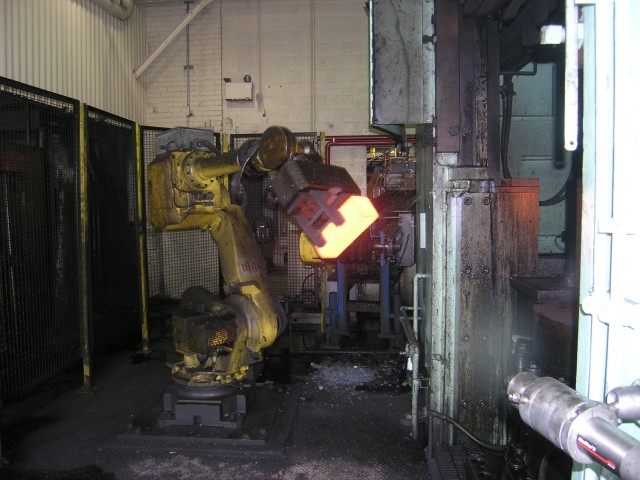
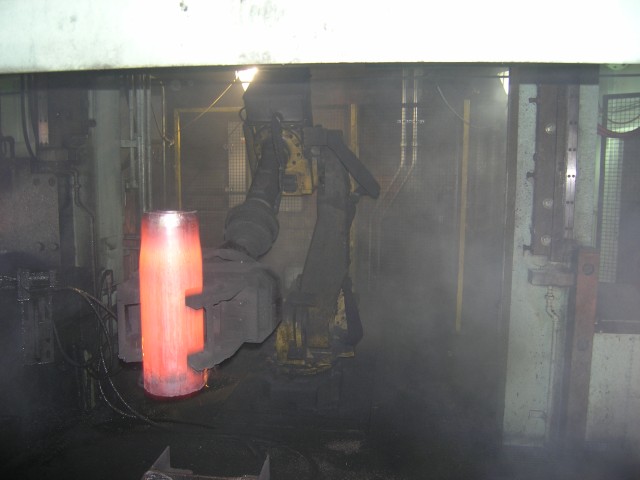
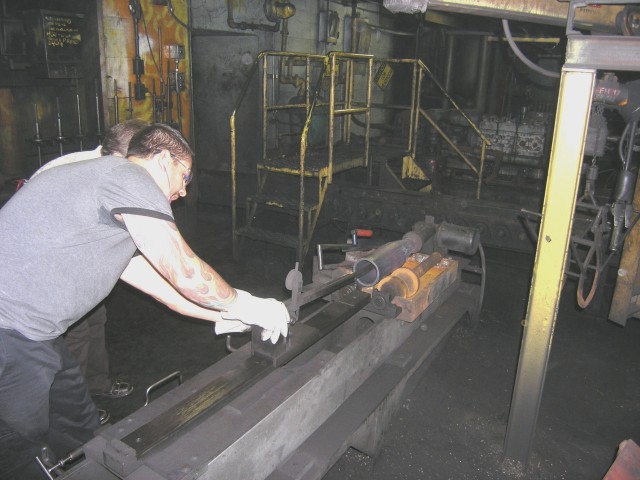
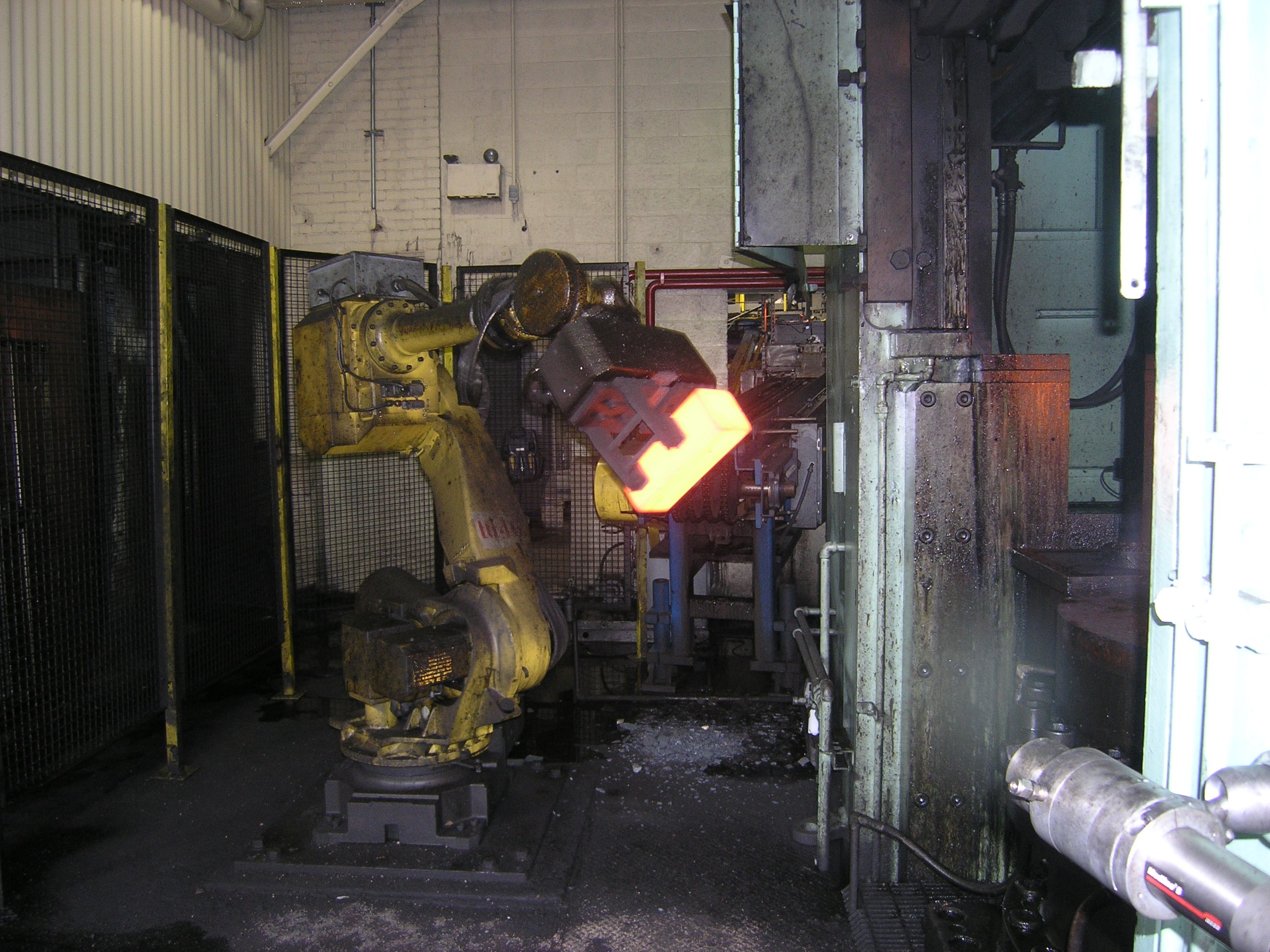
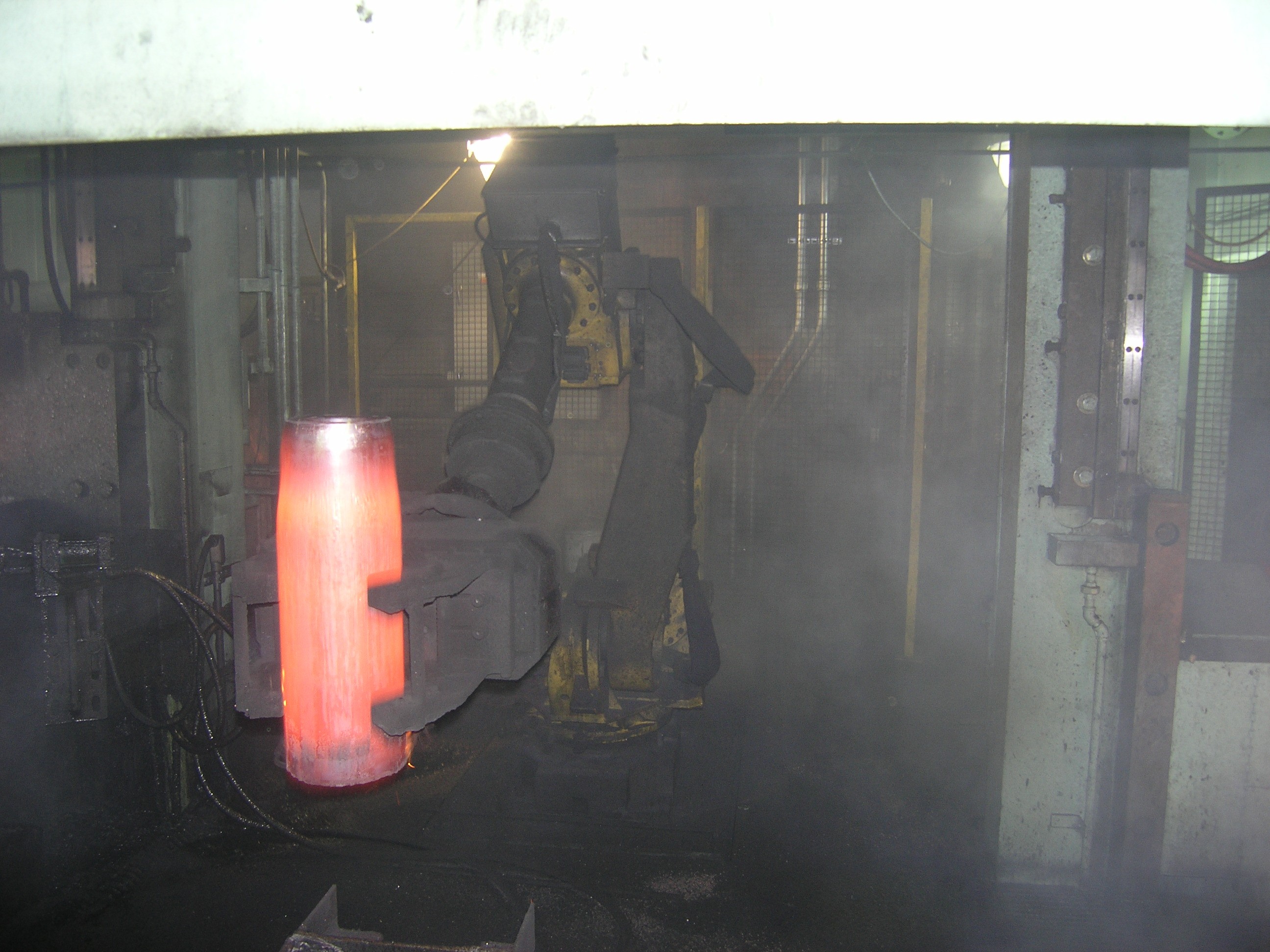
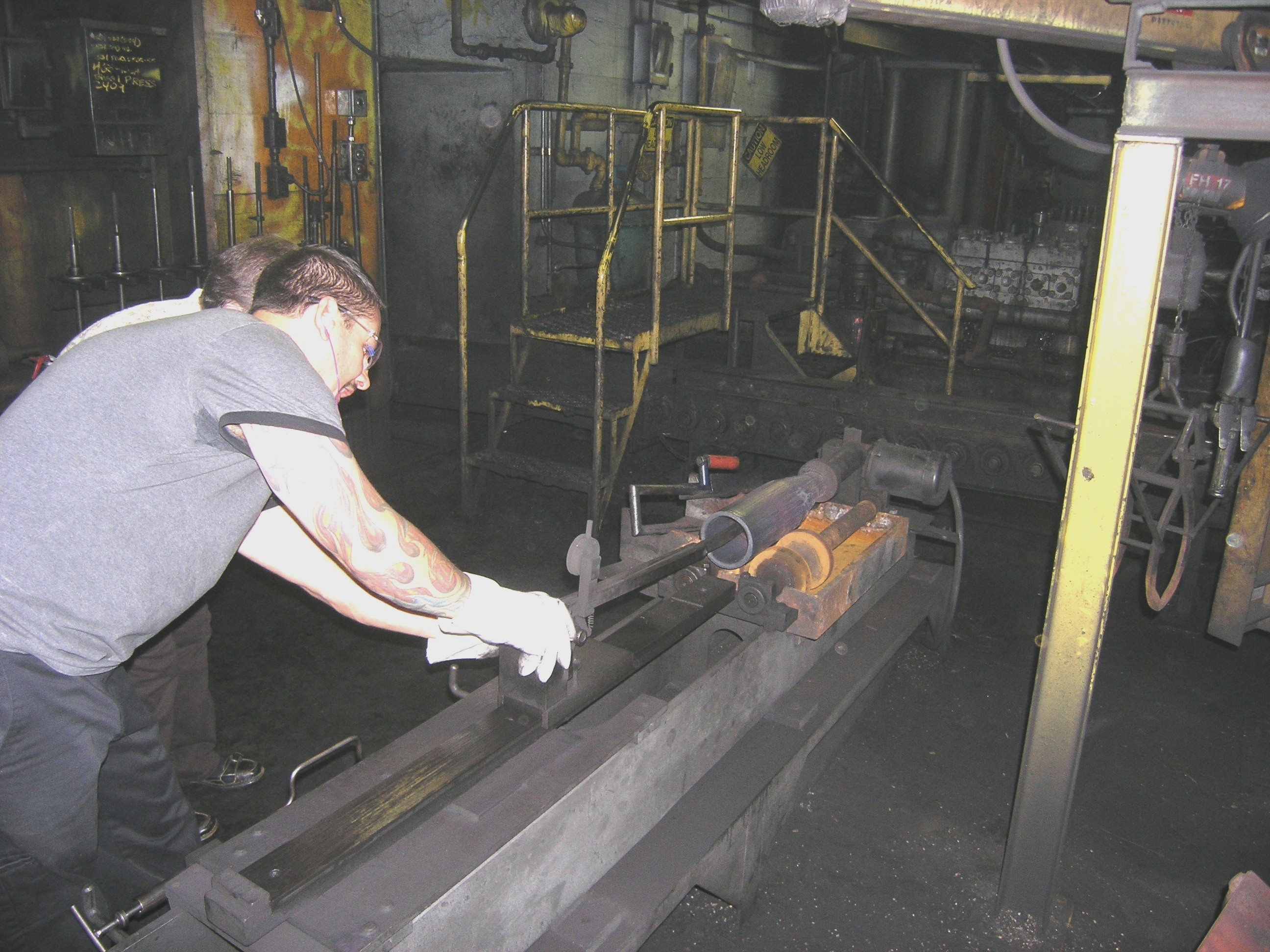
Social Sharing